Windows Search fails to locate files stored on Google Drive when the Drive for Desktop app is set to use the Stream files option, creating a virtual drive (like G: or N:) that Windows Indexing does not recognize. This setup prevents Windows Search and File Explorer from indexing or quickly finding your Google Drive files, which slows down file retrieval and forces users to manually browse for documents.
Method 1: Switch Google Drive for Desktop to Mirror Files Mode
Step 1: Open the Google Drive for Desktop app and access its preferences. Locate the setting for file storage mode—by default, it may be set to Stream files to save local disk space.
Step 2: Change the setting to Mirror files. This mode stores all Google Drive files locally on your computer (typically under C:\Users\[username]\My Drive), making them available for Windows Search and Indexing.
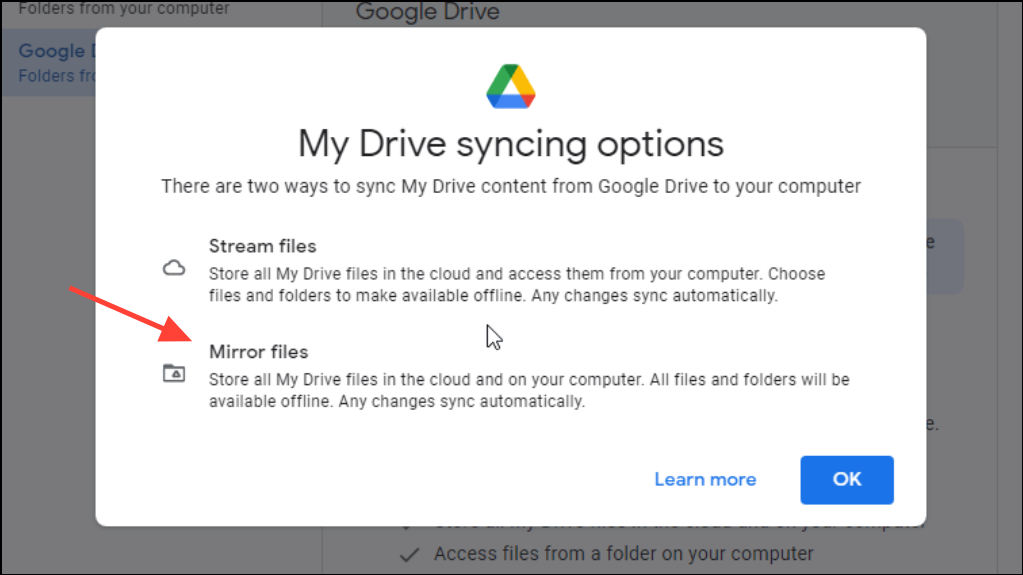
Step 3: Open Windows Indexing Options from the Control Panel. Add the mirrored Google Drive folder to the list of indexed locations if it is not already included. Click Advanced and select Rebuild to force Windows to re-index your files.
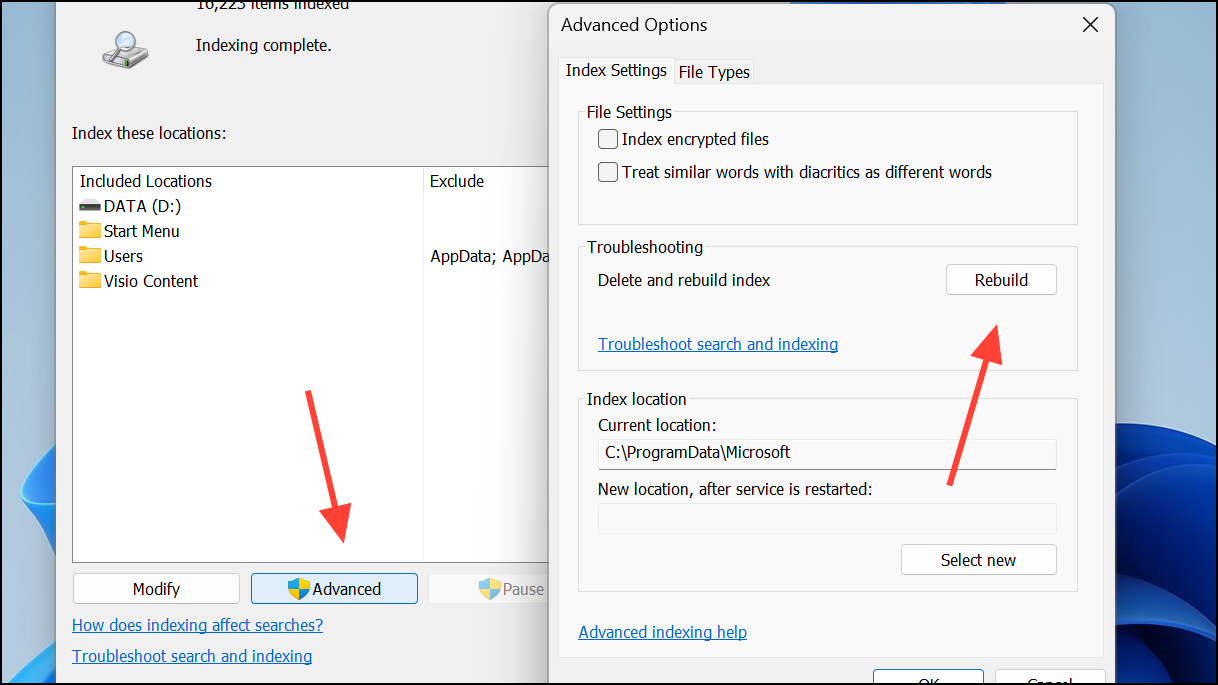
Step 4: Wait for indexing to finish. Afterward, you can use Windows Search or File Explorer to find your Google Drive files by name or content, just like any other local file.
Method 2: Adjust Windows Search and Indexing Settings
Step 1: Open Windows Search Indexing Options from the Control Panel or by searching Indexing Options in the Start menu.
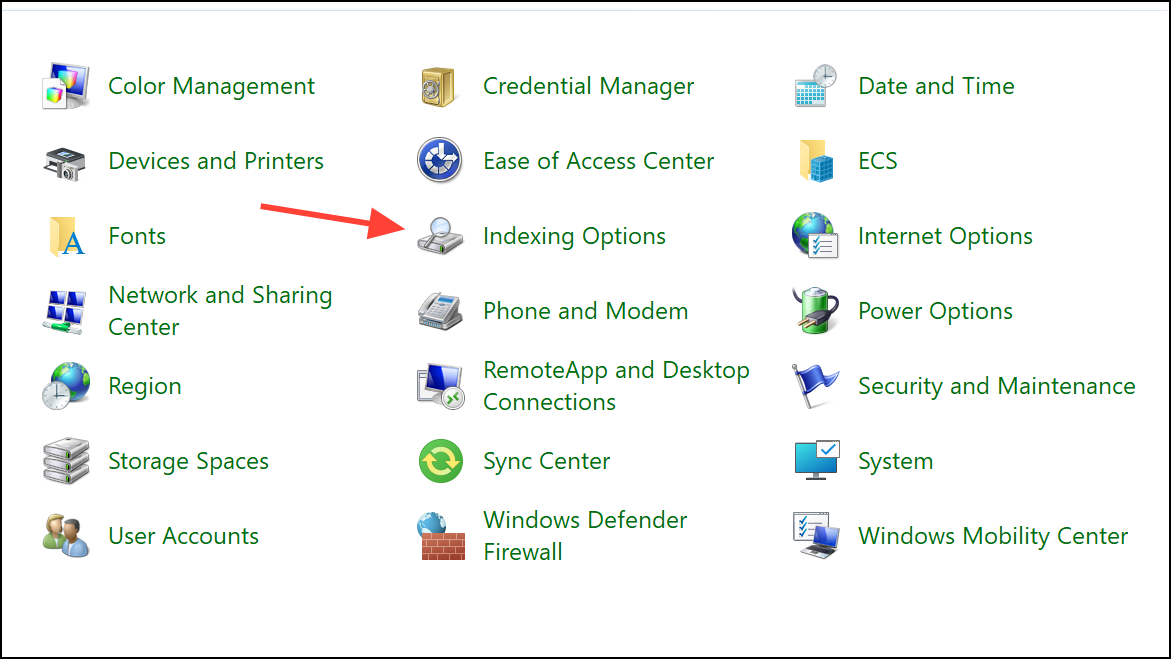
Step 2: Click Modify and attempt to add your Google Drive folder. With Stream files, the virtual drive may not appear as an option. If you are using Mirror files, ensure the mirrored folder is included.
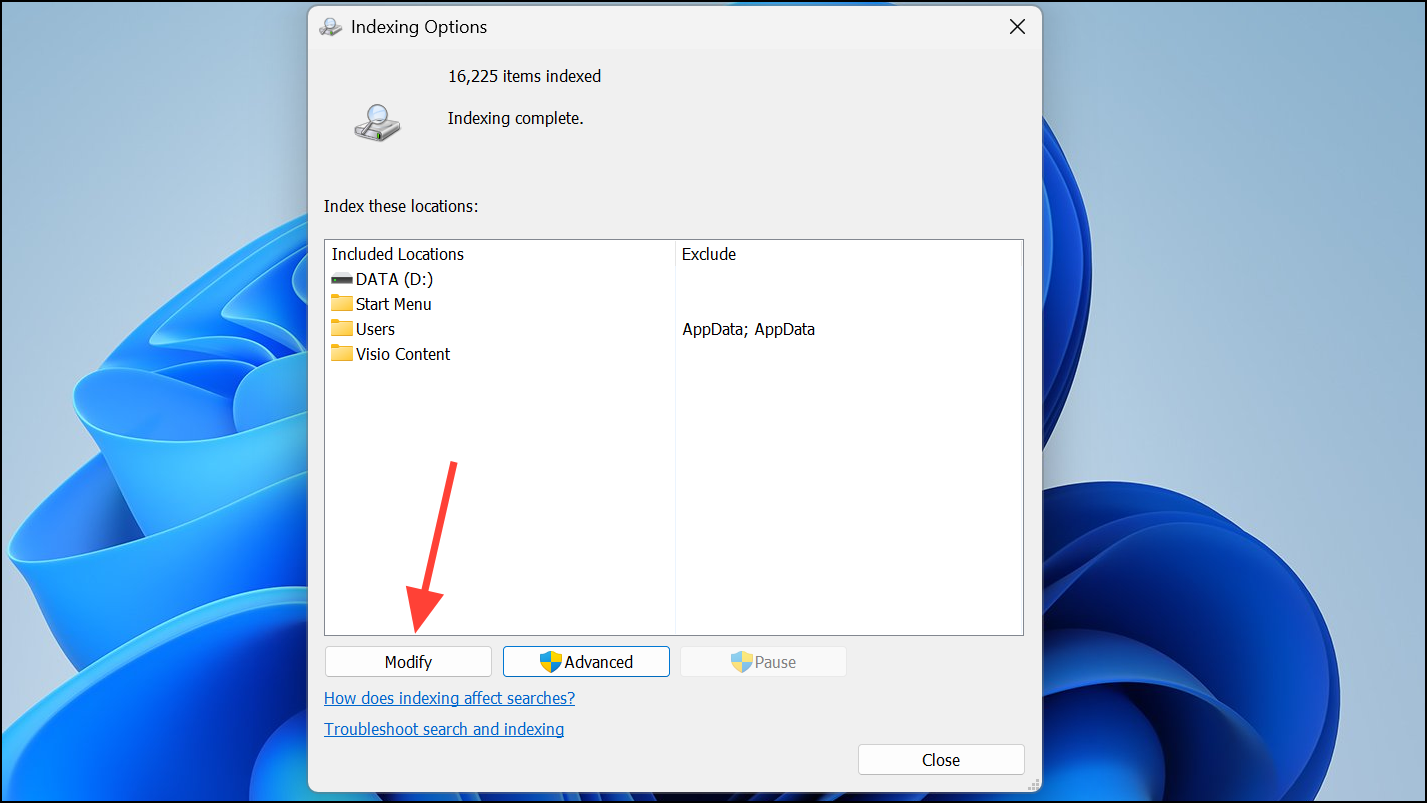
Step 3: Click Advanced and select Rebuild to refresh the index. This process can take time, especially for large folders.

Step 4: If you are unable to add the virtual drive, consider moving critical folders you need to search into a local folder outside the Google Drive Stream hierarchy, then sync that folder with Google Drive. This allows Windows Indexing to include it, but may not be feasible for large or frequently updated datasets.
Method 3: Use Third-Party Search Tools for Google Drive Files
Step 1: Download and install a dedicated search utility such as Everything by Void Tools or Listary. These tools are designed to index and search files more efficiently than Windows Search, especially for virtual drives like those created by Google Drive for Desktop.
Step 2: After installing Everything, ensure it is running as a standard user, not as an administrator. Running as admin can prevent the tool from accessing virtual drives. To check this, right-click the Everything shortcut, go to Properties > Compatibility, and verify that Run this program as an administrator is unchecked.
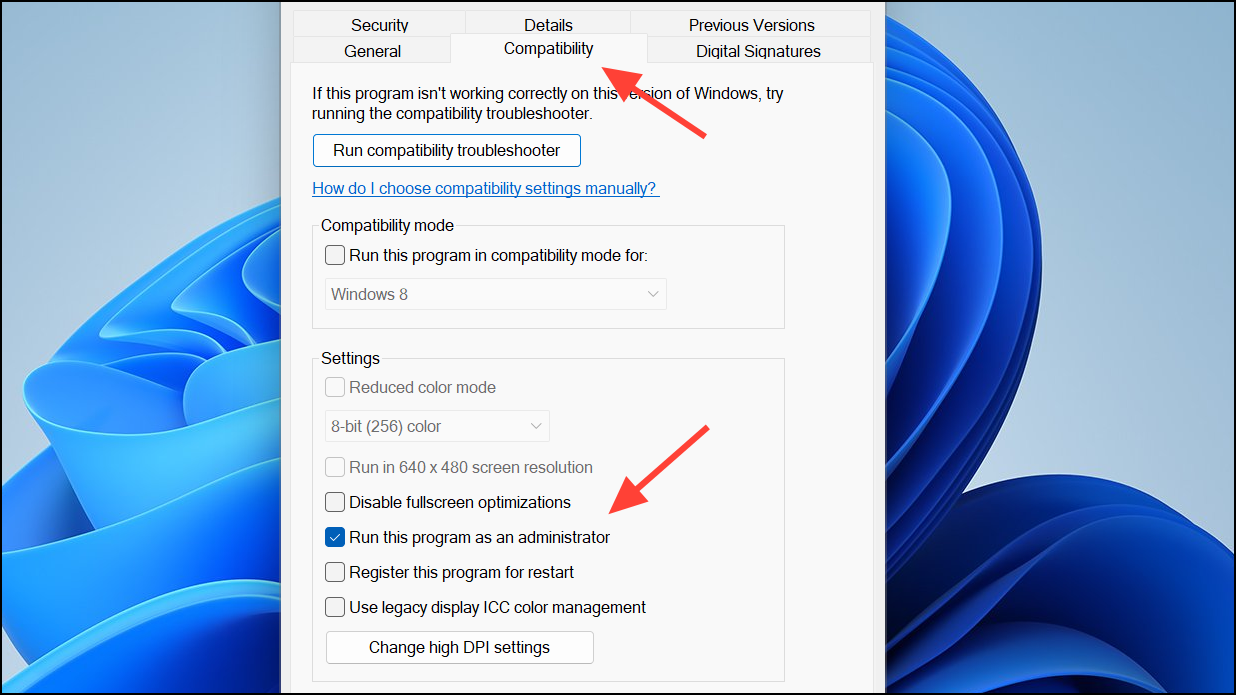
Step 3: Open Everything, go to Tools > Options, then select the Folders tab. Click Add... and select your Google Drive virtual drive (e.g., G:\My Drive or N:\My Drive). Click OK to start indexing.
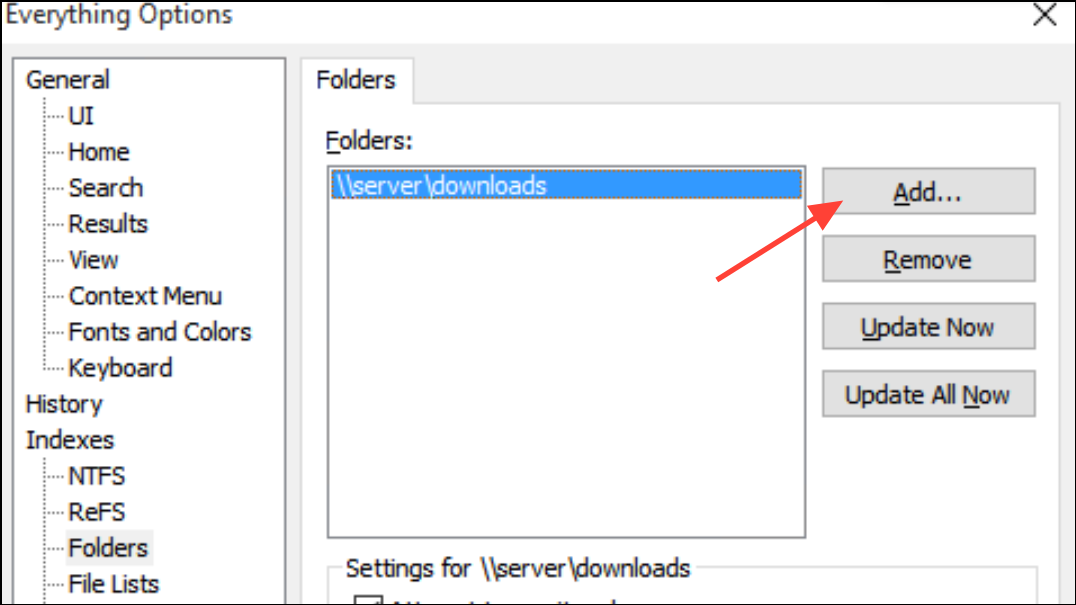
Step 4: Wait for the indexing process to complete. This may take several minutes, depending on the number of files. Once finished, you can search for any file or folder within your Google Drive using Everything, with significantly faster results compared to Windows Search.
Step 5: If you use Listary, open its Options menu, go to the Index section, and add your Google Drive folder. Activate the Listary launcher with a double Ctrl press and begin searching your Drive files instantly.
These third-party tools bypass Windows Indexing limitations and allow you to quickly locate files on virtual drives, including those created by Google Drive’s Stream files mode.
Method 4: Troubleshooting and Alternative Workarounds
Step 1: If Windows Search is not working at all, verify that the Windows Search service is running. Open services.msc, locate Windows Search, and ensure it is set to Running and Automatic.
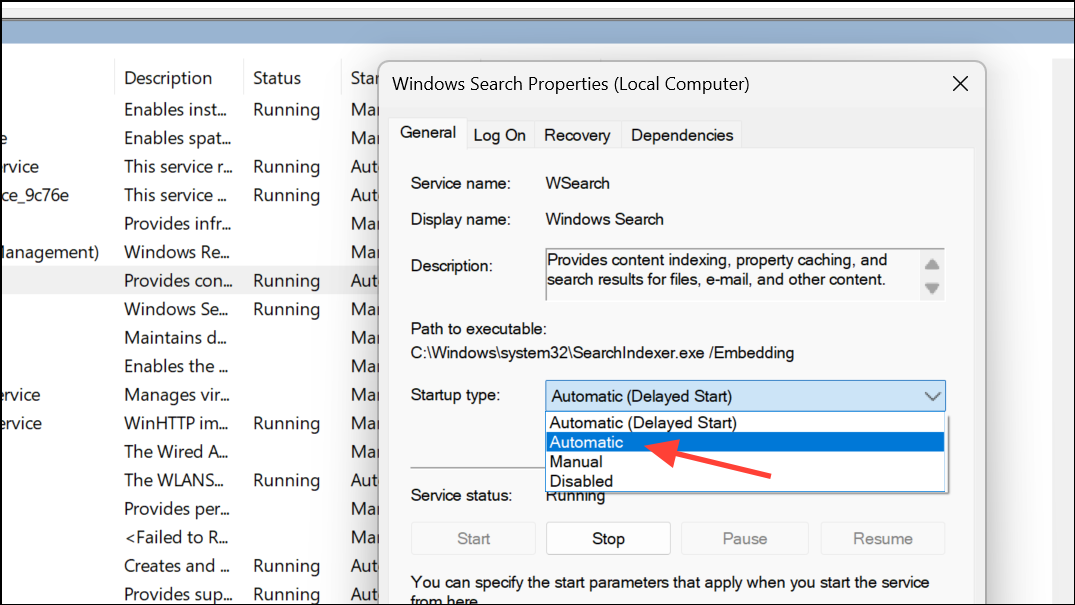
Step 2: Run the built-in Search and Indexing troubleshooter. Press Win+S, type troubleshooter, and select Other troubleshooters. Choose Search and Indexing and follow the prompts. This may resolve general search issues, but does not address Google Drive virtual drive limitations.
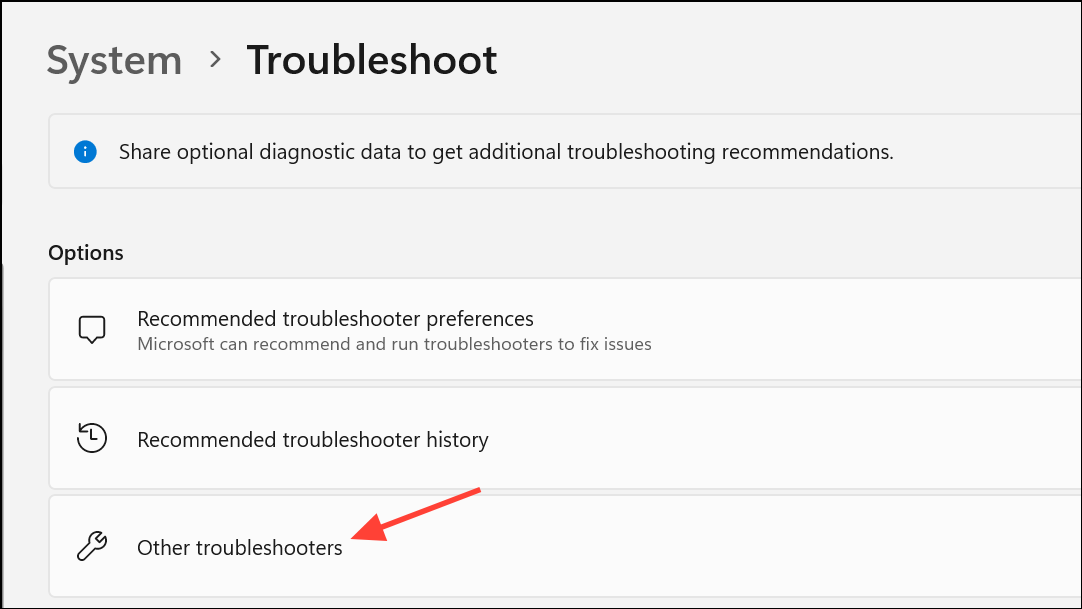
Step 3: For users with advanced needs, consider using Google Drive’s web interface for searching files. The web search is optimized for Drive’s structure and can locate files not indexed by Windows Search or third-party tools.
Step 4: If you use both Google Drive and OneDrive, be aware that OneDrive files may be indexed differently. Double-check indexing and exclusion settings to avoid confusion between the two services.
Switching to a third-party search tool or using Mirror files mode significantly improves the speed and reliability of finding Google Drive files on Windows. For most users, these methods will restore fast file search functionality without manual folder browsing.


